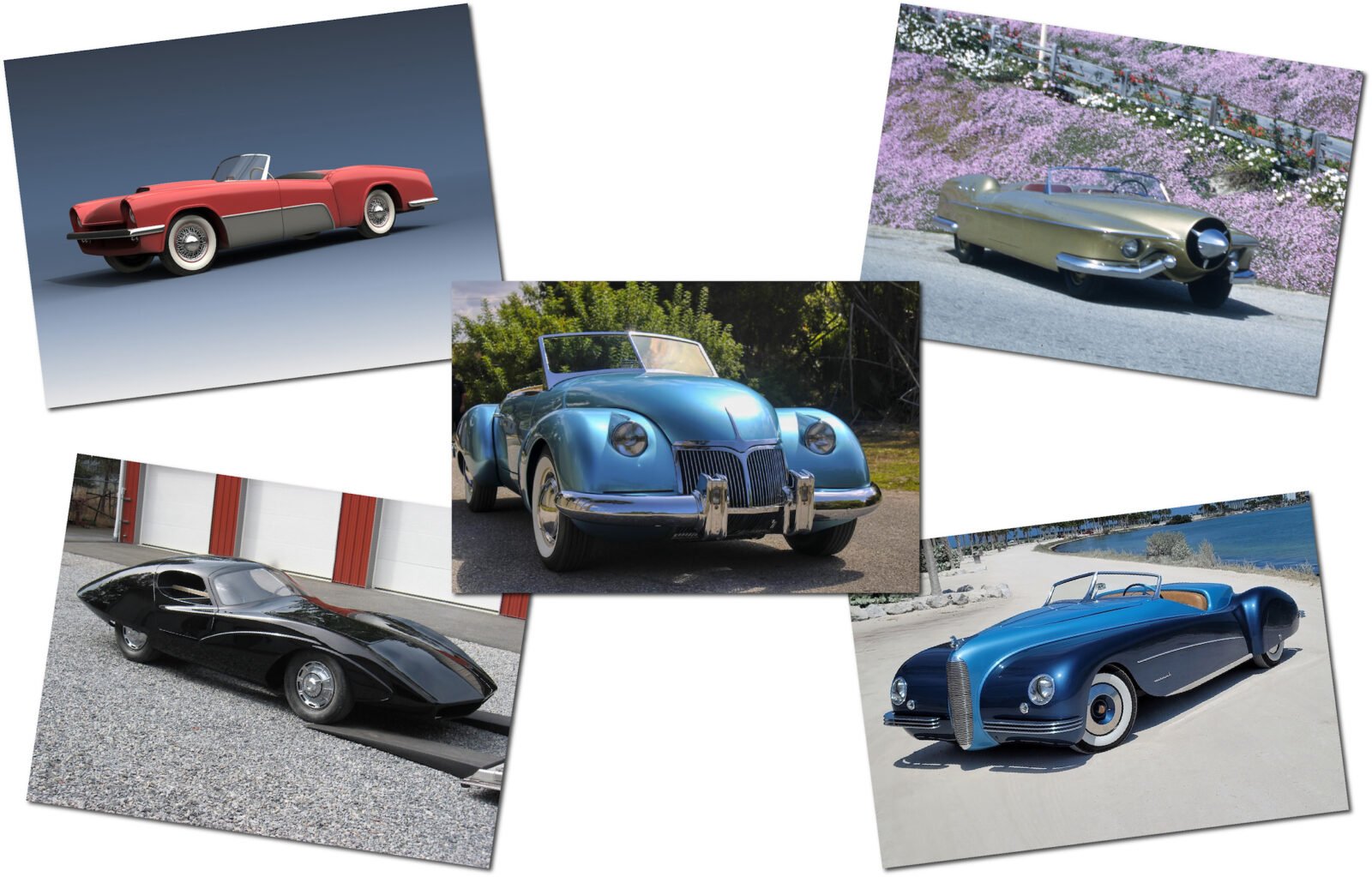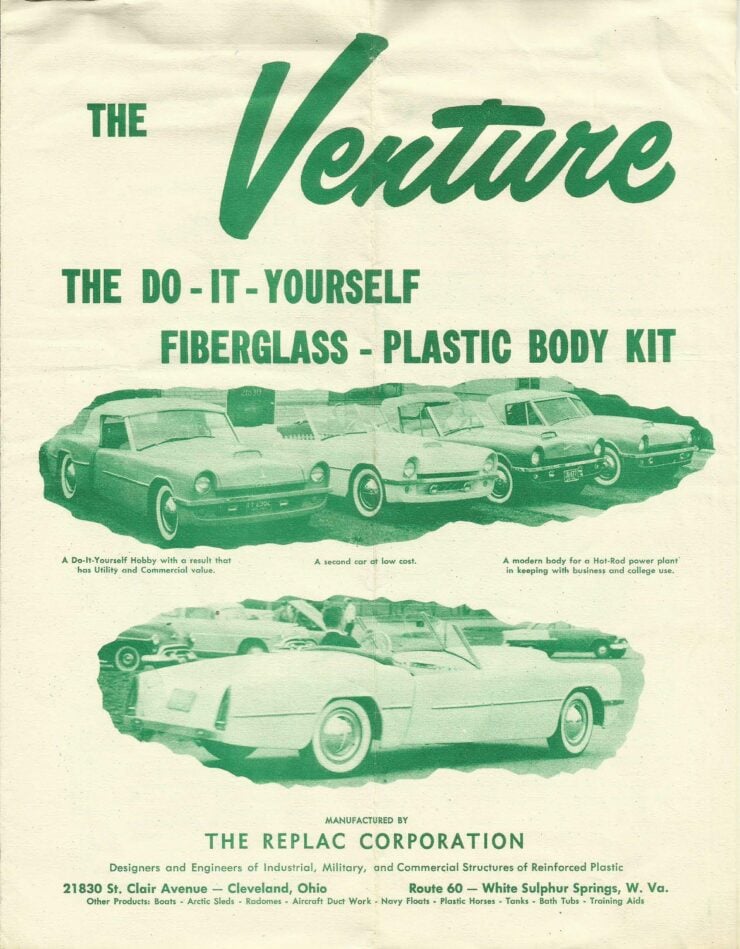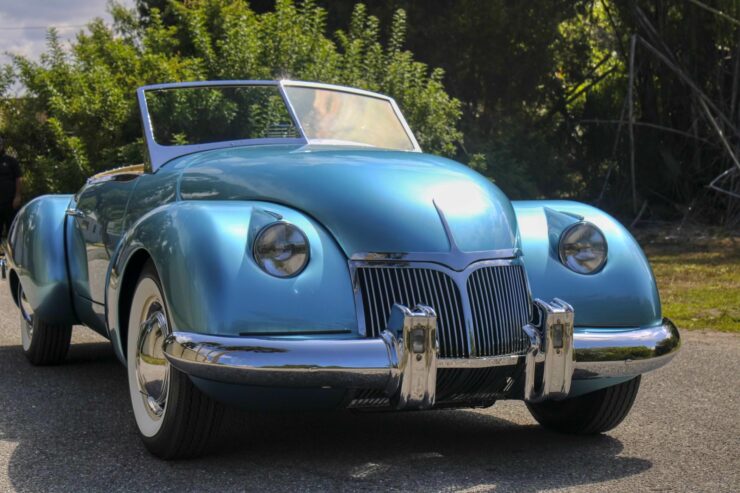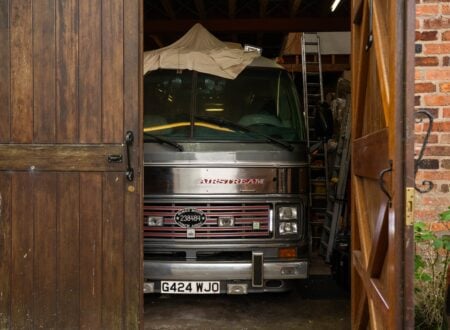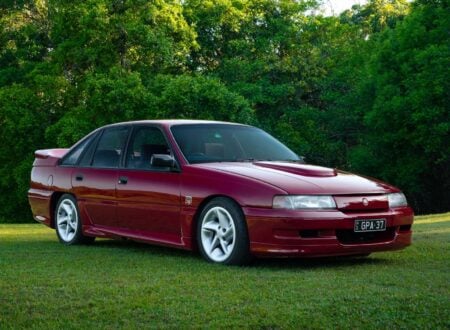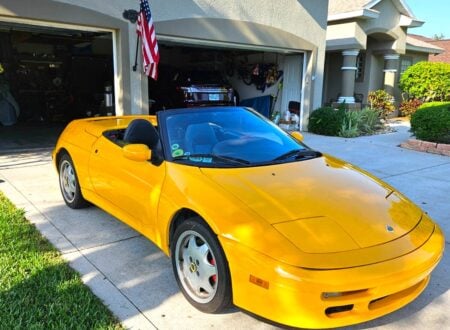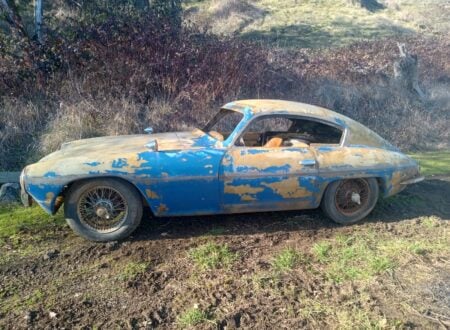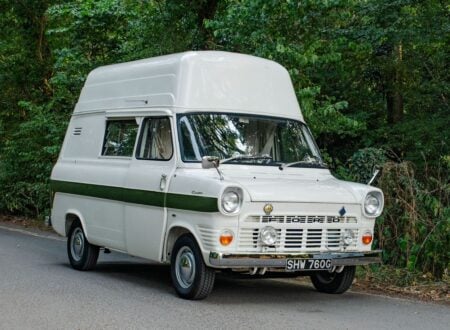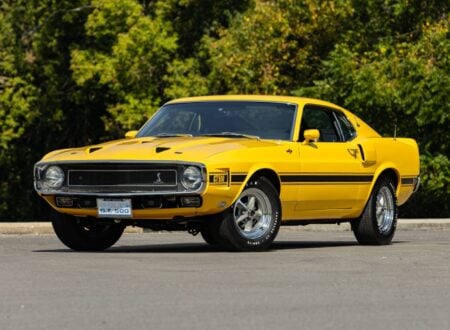“This article was written by Geoff Hacker of Undiscovered Classics, a world-leader in the history, preservation, and restoration of rare handcrafted American postwar sports cars.”
This year at the Pebble Beach Concours d’Elegance a special class has been created to celebrate some of the most remarkable but little-known American sports cars of the mid-20th century.
This new class is named “American Dream Cars Of The 1950s” and it will be highlighting a collection of 1950s-era American sports cars, some of which have been considered lost, and others that have not been seen in public for over 70 years.
In the article below Geoff Hacker briefly explains the history and significance of five of the cars in the class. Very few people will recognize the cars and fewer still will be able to name them, they each represent a fascinating time in American automotive design, when the advent of fiberglass opened the world of automotive design to a whole new sector of society.
The 1958 LeMans Coupe
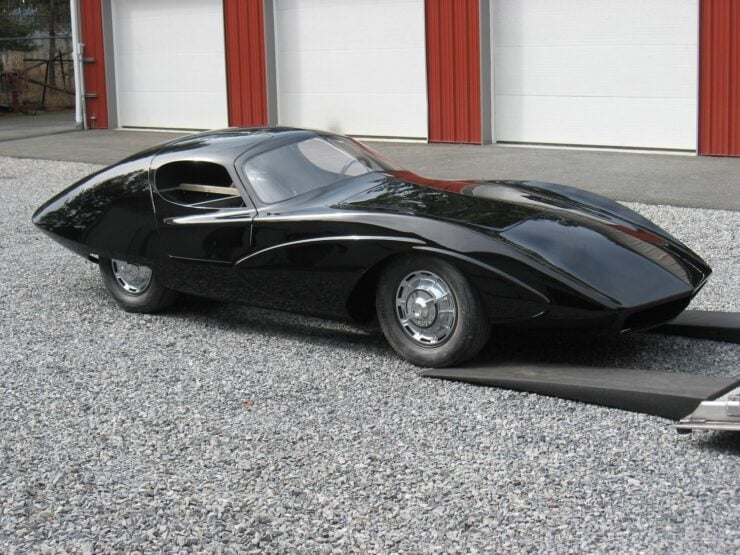

No other “Special” of the 1950s captured the imagination of the public as the design, build and debut of Strother MacMinn and John Bond’s LeMans Coupe. Bond created the “challenge” and designed the chassis; MacMinn conceived the body. Considering the concept was penned and published in 1958, the styling was futuristic, the goal was lofty and the challenge was inspirational.
The design originated in a series of articles which were focused on creating a race car that could win the LeMans race in Europe. The challenge in the articles was to “America.” They encouraged individuals and teams to embrace their project and build a car.
One team created designs for the chassis while the legendary stylist and Art Center instructor, Strother MacMinn, designed the body. MacMinn later extended the designs in his 1959 book “Sports Cars of the Future” to include several versions of the LeMans Coupe that encompassed race and sports cars.
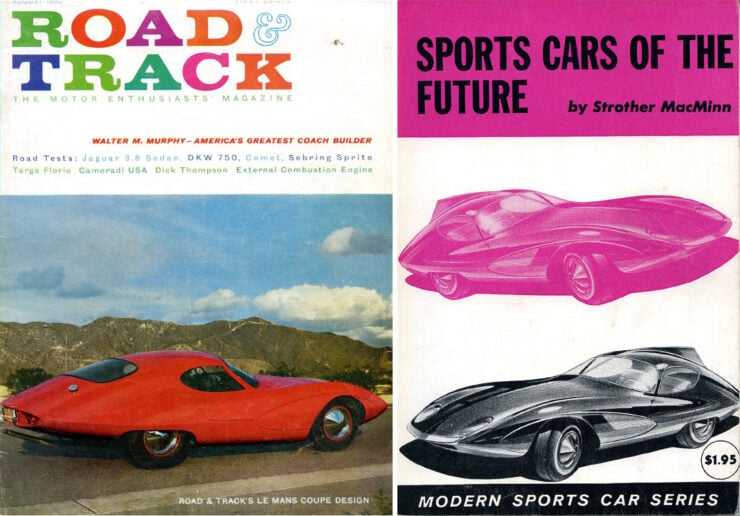

Although no versions of the race car were ultimately built, several versions of the sports car using MacMinn’s design were finished. And as Robert Cumberford, designer, stylist and author put it in his 1960 article for Sports Car Guide (SCG) magazine, the finished sports car was “The most exciting sports car design constructed in the USA in years.”
Only seven known bodies were built and four versions of the car were finished – just one of these four finished cars is known to exist today. Dennis Kazmerowski is the first person in over sixty years to take on the task of completing a MacMinn LeMans Coupe, and is doing this with one of the three unfinished cars.
His LeMans Coupe made its mid-restoration debut in the General Motors Design Dome at the 2022 “Eyes on Design” celebration in Detroit, Michigan. The finished car debuts at the Pebble Beach Concours d’Elegance in August, 2023.
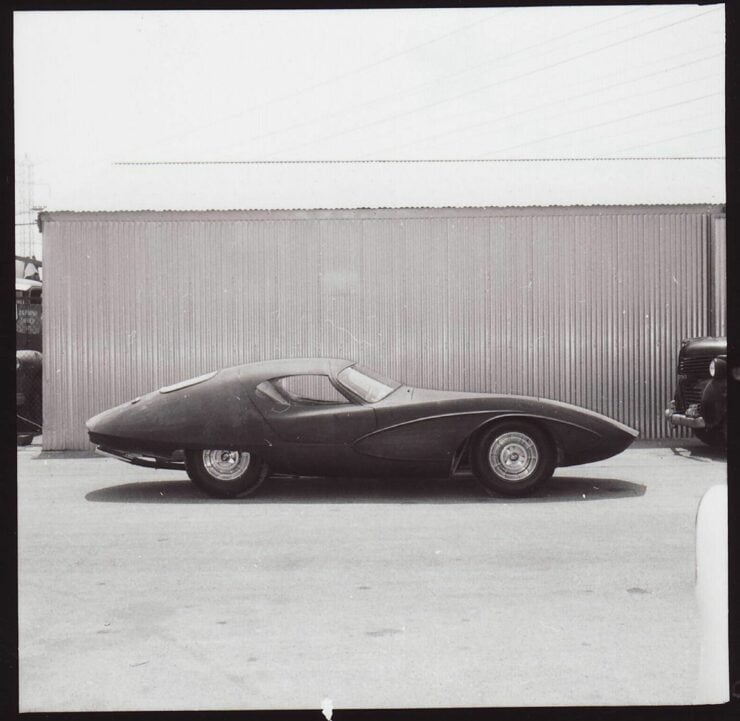

The 1952 Maverick Sportster
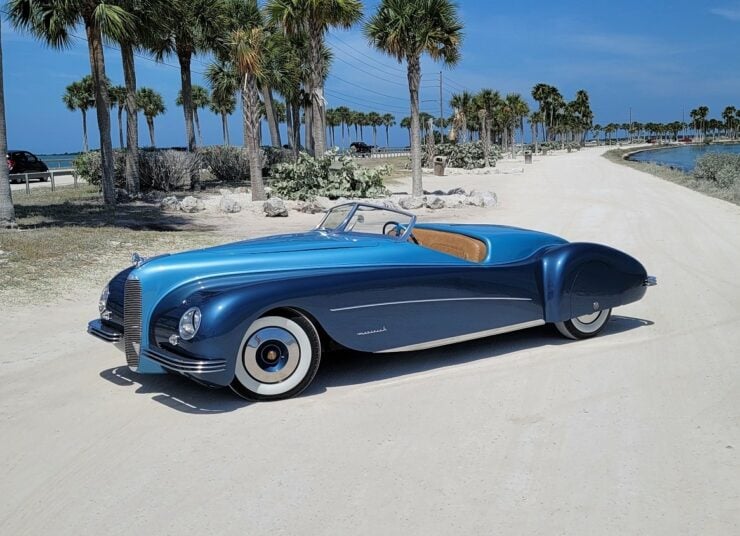

First Shown at Pebble Beach Concours in 1955 by Original Owner / Designer / Builder Sterling Gladwin
The car was designed by Sterling “Smoke” Gladwin Jr., of Mountain View, California who was a retired aeronautical engineer having worked for Boeing and Lockheed during and after World War II.
Fascinated with the elegance of pre-war automobile design, Gladwin built a postwar boulevard sports car with modern power and classic lines. He built the first Maverick for himself using a 1940 LaSalle chassis and a flathead Cadillac V8 motor.
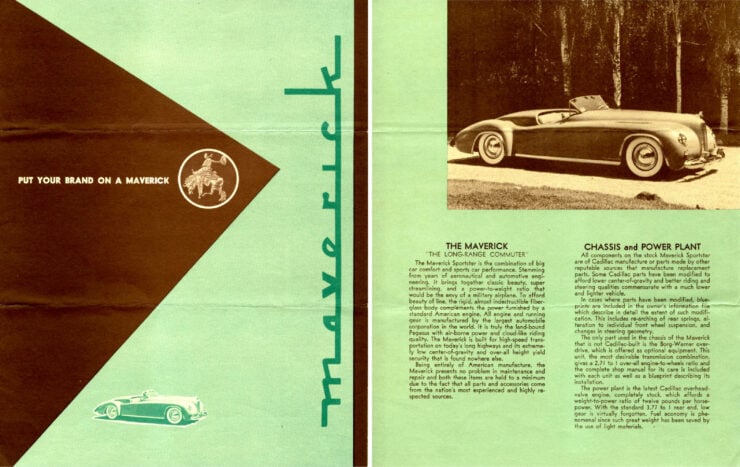

His company, Maverick Motors, then built the remaining 6 cars for customers using postwar Cadillac chassis’ with 331 cubic inch Cadillac motors. The Maverick Sportster is known as America’s last boattail speedster and is often regarded as America’s Postwar Duesenberg.
This Maverick was originally owned by Smoke and Myrtle Gladwin, and he retained this and another Maverick his entire life. It was first shown at the Pebble Beach Concours d’Elegance in 1955 and makes its second return to Pebble in August, 2023.
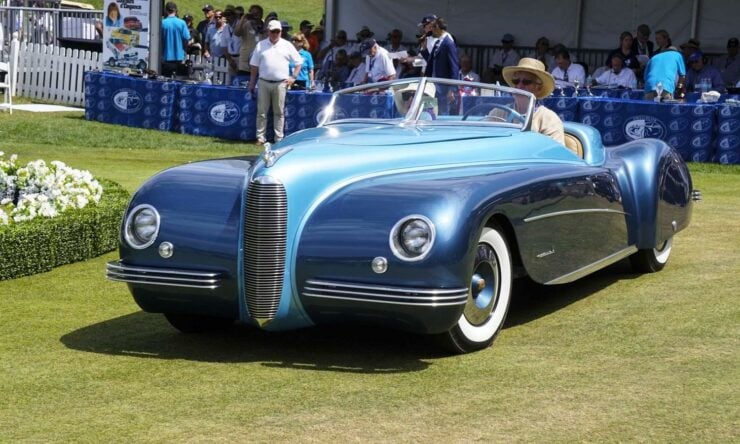

The 1952 Manta Ray
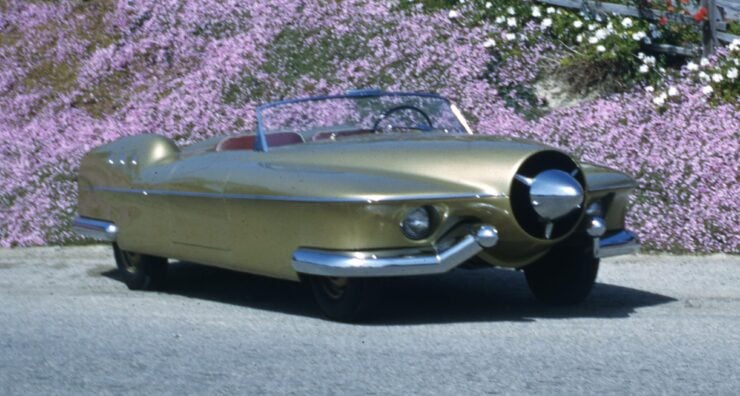

In 1953, Glenn Hire and Vernon Antoine debuted their space age inspired concept car – the Manta Ray – in Los Angeles, California. Both men worked in the jet aircraft division of the North American Aviation Company and wanted to incorporate the swift flowing lines of a jet fighter plane into their car’s styling.
Soon after the debut of their car, Bob Yeakel purchased it and began working with Glenn and Vernon to offer the Manta Ray to the public as a limited production car.
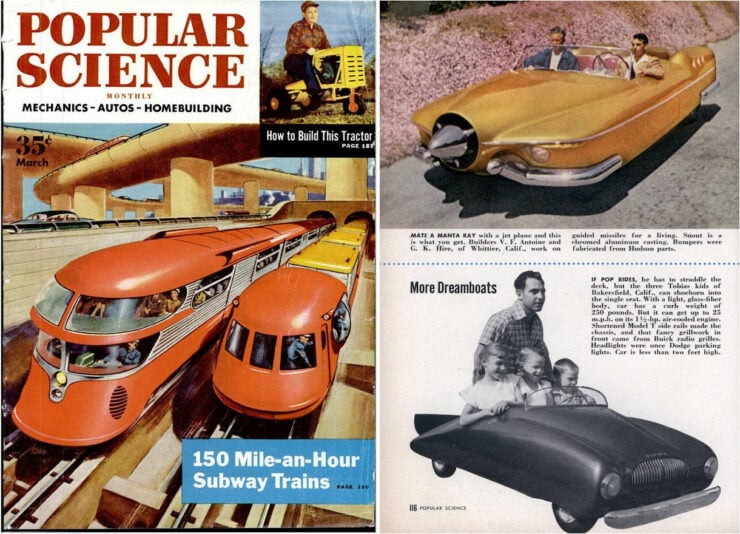

A feature article appeared in the February, 1954 issue of Rod and Custom magazine written by Dean Moon who owned “Moon Equipment.”
The Manta Ray also appeared on the cover of Motor Trend in July, 1953 and other magazines such as Motor World, Mechanix Illustrated and Popular Science. The Manta Ray will makes its first appearance at the Pebble Beach Concours d’Elegance in August, 2023. This car is the only one produced.
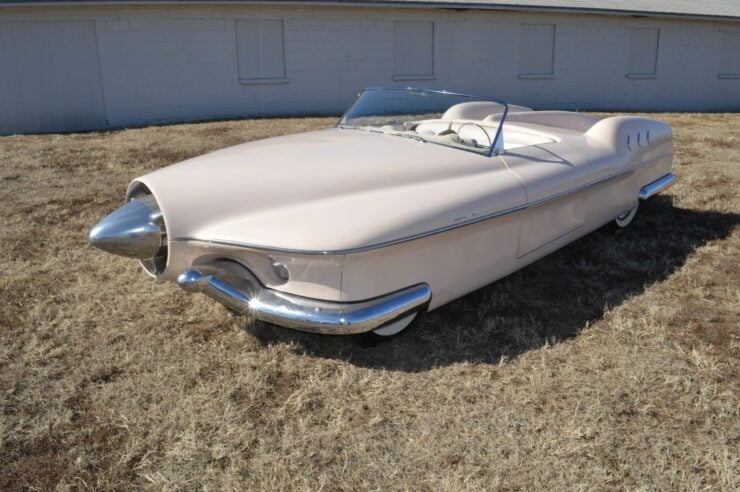

The 1955 Debonnaire
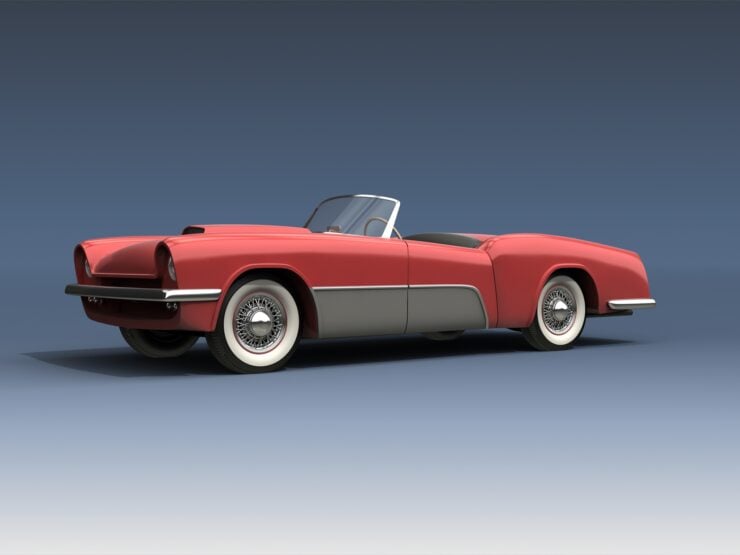

One of the most best known individuals who designed a fiberglass sports car in the 1950s was Phillip Egan. Egan was part of the legendary Tucker automobile design team that was headed by Alex Tremulis. After Tucker, Tremulis went to work with Kaiser-Frazer and other firms, and Egan sought out an opportunity presented to him by Replac – a large and successful fiberglass firm founded just after World War II by Val deOlloqui.
Replac hired Phillip Egan to design a car that would be sporty in appearance and easy to build. He did so by creating a body that would fit onto an unmodified Ford chassis – a great choice that was economical and moderate in size (a Cadillac, by comparison, was almost 2 feet longer).
Replac took the design of the car and created an old-school mahogany wood buck for the car molds to be pulled. Next, he created separate molds for each part of the car – front and rear fenders, cowl, doors, bumpers, deck, taillights, dash and more.
Replac was also working with Phillip Egan and Sears to make the Debonnaire available for purchase much as the Allstate by Kaiser-Frazer had been sold thru selected Sears locations several years before. The Debonnaire (also called the Venture) was being designed and built like no other fiberglass car in the country – and the public was hungry to learn more.
Motor Trend came out with a short article in July, 1955 – just before there was a fire that destroyed the buck, molds, and it was thought the cars for many years. Almost no mention of this car was made after the fire destroyed the company.
Undiscovered Classics has been able to locate and acquire five of the six cars built. The Debonnaire makes its world debut at the 2023 Pebble Beach Concours d’Elegance.
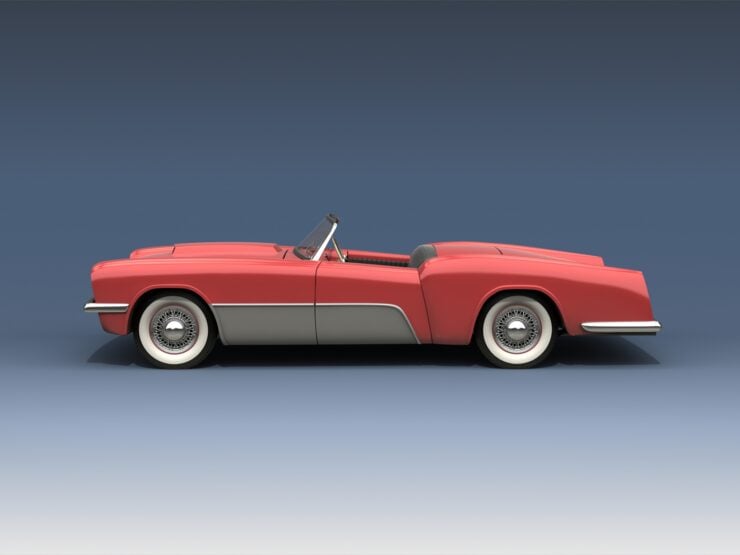

The 1948 Kurtis – Omohundro Comet
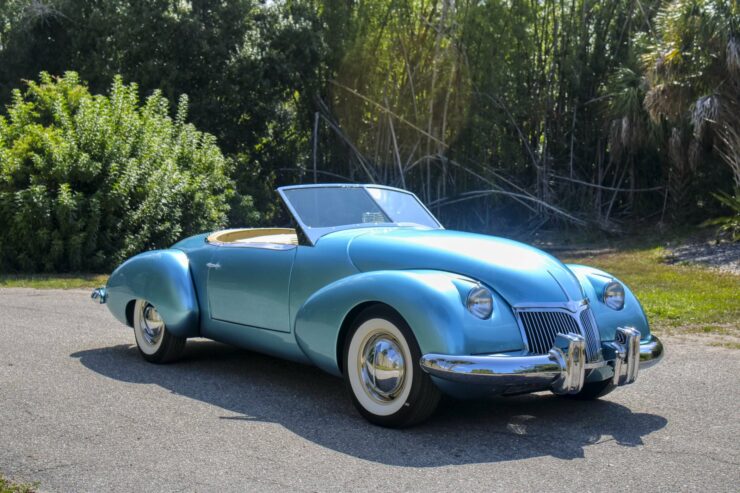

Frank Kurtis and Paul Omohundro collaborated on three projects in their lifetime.
Paul’s drop forge hammer company, Comet Industries, was one of the dedicated shops that produced quarter-midget bodies for Kurtis. Paul’s company supplied the fiberglass fenders (front/rear) hood and trunk for any Kurtis Sports Car (KSC) that were ordered with them (Motor Trend, October, 1950) which made the KSC the first production car that used fiberglass panels.
Their final collaboration was of two aluminum bodied sports cars based on Kurtis design – the 1947 and 1948 Kurtis-Omohundro Comets.
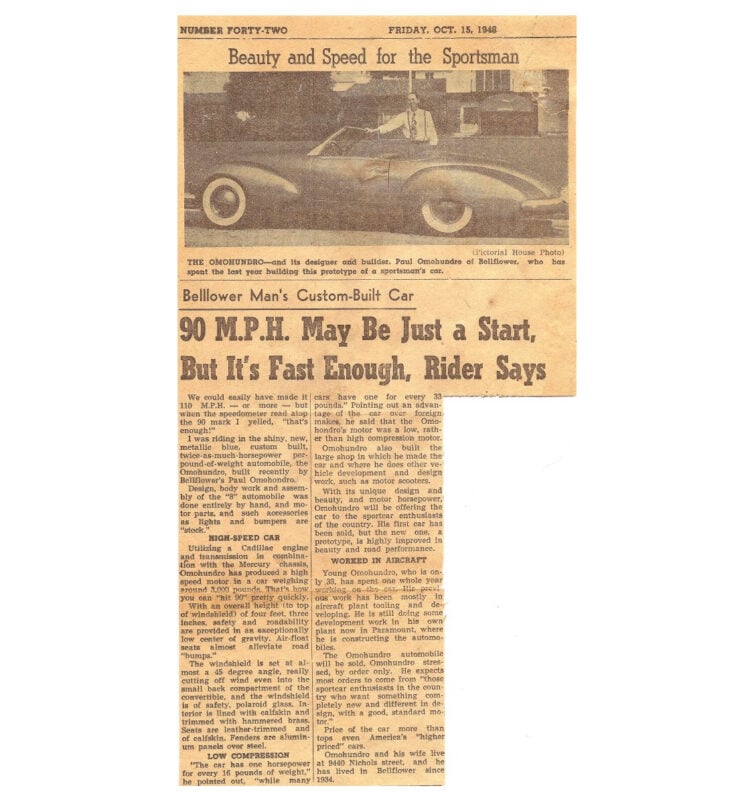

Each car took Comet Industries one year to complete. The 1948 Comet differed in many ways from the Comet built in 1947. The 1948 sports car was built on a Mercury chassis, had a Cadillac drivetrain with automatic transmission, larger cockpit, more stylish grille and windscreen and a slightly longer wheelbase. Other changes included hood shape, size of doors and shape of wheel openings.
The 1948 Comet debuted in the February, 1949 issue of Road & Track magazine – the fifth issue of Road & Track published. The car was shown on a full-page spread and was one of the first aluminum coachbuilt sports cars published by Road & Track to an enthusiastic worldwide audience.
It next appeared in the December, 1949 issue of Popular Mechanics in an article titled “New Breed of Sports Cars” as one of the most successful sports cars of its era. In 1949 “Autocar” magazine from Great Britain featured the Kurtis-Omohundro introducing this American sports car to an even larger audience on the continent and beyond.
The Comet was also featured in the February, 1950 issue of Popular Mechanics in France which further extended the reach and awareness of this car.
In 1951, Trend Inc., (publisher of Motor Trend, Hot Rod & other magazines) published their first and most important book on custom cars. In this book the 1948 Kurtis-Omohundro Comet was featured in a 2-page spread.
It also appeared in additional Trend magazines thru late 1952. Lost for over 50 years, the Undiscovered Classics team set out to find and acquire both Kurtis-Omohundro Comets – which they did. The 1947 Comet has been shown and won numerous awards at concours. The 1948 Kurtis-Omohundro Comet will debut at the 2023 Pebble Beach Concours d’Elegance.
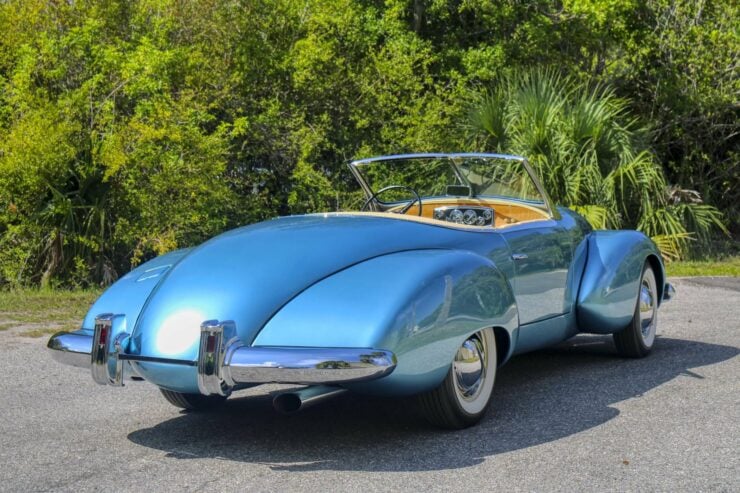

All images and text courtesy of Geoff Hacker of Undiscovered Classics

